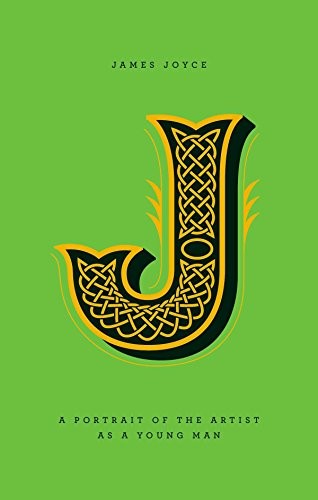hardcover, 304 pages
Published May 7, 2013 by Penguin Books.

hardcover, 304 pages
Published May 7, 2013 by Penguin Books.
From A to Z, the Penguin Drop Caps series collects 26 unique hardcovers—featuring cover art by Jessica Hische
It all begins with a letter. Fall in love with Penguin Drop Caps, a new series of twenty-six collectible and hardcover editions, each with a type cover showcasing a gorgeously illustrated letter of the alphabet. In a design collaboration between Jessica Hische and Penguin Art Director Paul Buckley, the series features unique cover art by Hische, a superstar in the world of type design and illustration, whose work has appeared everywhere from Tiffany & Co. to Wes Anderson's recent film Moonrise Kingdom to Penguin's own bestsellers Committed and Rules of Civility. With exclusive designs that have never before appeared on Hische's hugely popular Daily Drop Cap blog, the Penguin Drop Caps series debuted with an 'A' for Jane Austen's Pride and Prejudice, a 'B' for Charlotte Bronte's Jane Eyre, and a 'C' …
From A to Z, the Penguin Drop Caps series collects 26 unique hardcovers—featuring cover art by Jessica Hische
It all begins with a letter. Fall in love with Penguin Drop Caps, a new series of twenty-six collectible and hardcover editions, each with a type cover showcasing a gorgeously illustrated letter of the alphabet. In a design collaboration between Jessica Hische and Penguin Art Director Paul Buckley, the series features unique cover art by Hische, a superstar in the world of type design and illustration, whose work has appeared everywhere from Tiffany & Co. to Wes Anderson's recent film Moonrise Kingdom to Penguin's own bestsellers Committed and Rules of Civility. With exclusive designs that have never before appeared on Hische's hugely popular Daily Drop Cap blog, the Penguin Drop Caps series debuted with an 'A' for Jane Austen's Pride and Prejudice, a 'B' for Charlotte Bronte's Jane Eyre, and a 'C' for Willa Cather's My Antonia. It continues with more perennial classics, perfect to give as elegant gifts or to showcase on your own shelves.
J is for Joyce. From its chronicling of youthful days at Clongowes Wood school to the radical questioning of all convention and the desire “to forge in the smithy of my soul the uncreated conscience of my race,” James Joyce’s highly autobiographical A Portrait of the Artist as a Young Man portrays Stephen Dedalus in his Dublin upbringing. In doing so, it provides an oblique self-portrait of young Joyce himself. At its center lie questions of origin and source, authority and authorship, and the relationship of an artist to his family, culture, and race. Exuberantly inventive in style, A Portrait of the Artist as a Young Man subtly and beautifully orchestrates the patterns of quotation and repetition instrumental in its hero’s quest to create his own character, his own language, life and art: “to express myself in some mode of life or art as freely as I can and as wholly as I can, using for my defense the only arms I allow myself to use—silence, exile, and cunning.”